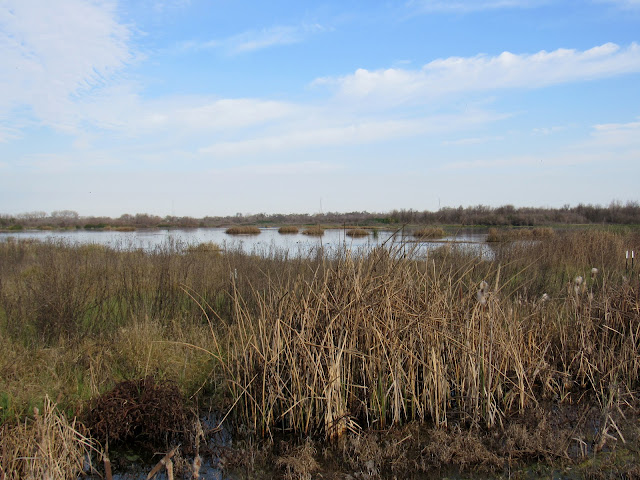Blue-gray Gnatcatchers and the Gray Days of Winter

Winter may be a cold and dreary time of year across most of North America, when trees are bare and skies are gray, but here in California's Great Central Valley, winter is an excellent time for birding and exploring the woods and wetlands close to home. Because despite the cold, the birds are out there in abundance! Last week, while birding at the San Joaquin River National Wildlife Refuge, I was delighted to encounter quite a few Blue-gray Gnatcatchers out and about along the trail. These little dynamos were out in force all day, calling emphatically from the shrubby growth as they flitted actively from twig to twig. Blue-gray Gnatcatcher These little birds' small size (they're only about four inches long), active habits and predilection for staying deep in their shrubby habitat can make them difficult to get good looks at, much less photograph! (Just take a look at how unsuccessful I have been in the past !) But this guy was pretty cooperative, moving about and...






